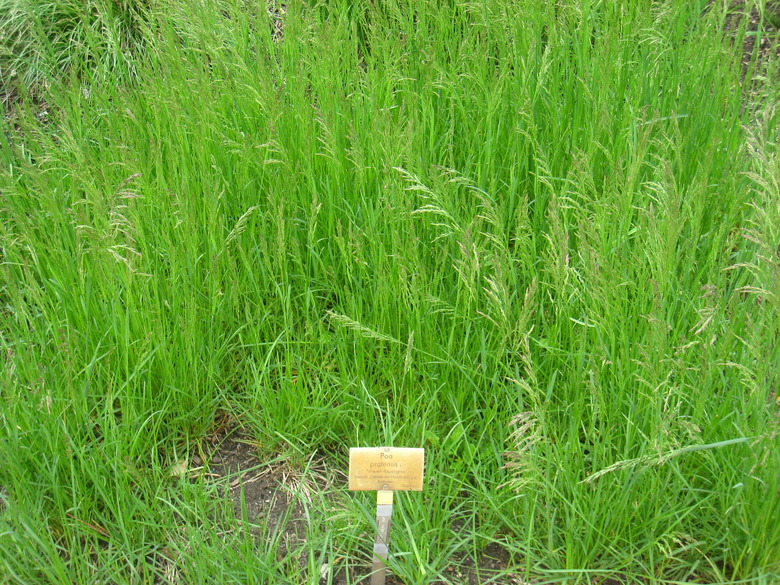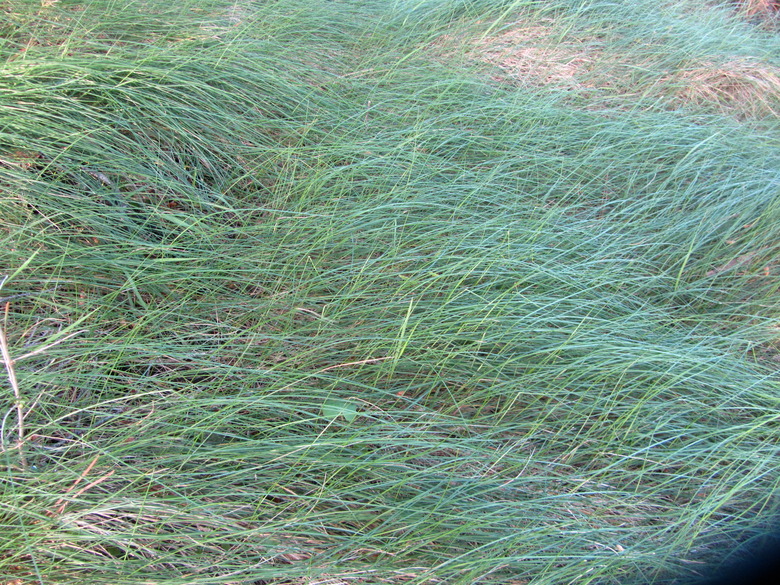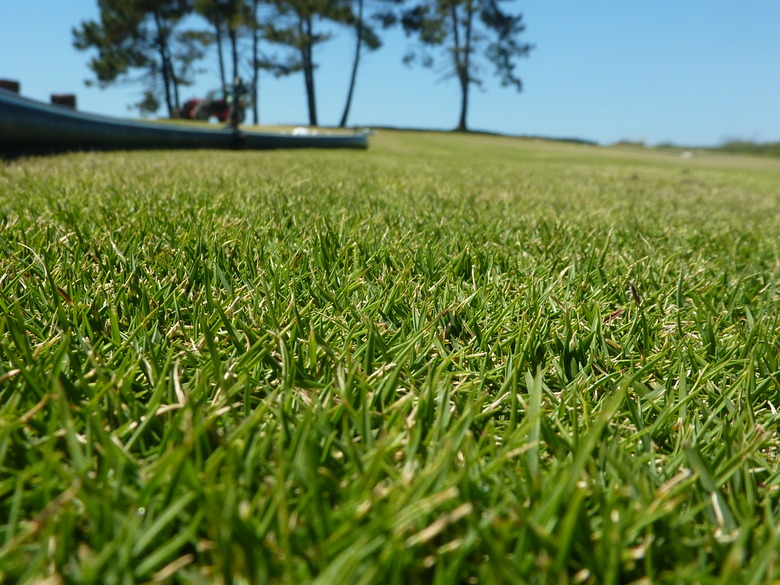How To Plant Grass Seeds In Maryland
When planting a new lawn in Maryland, select the best grass seed for your area to ensure success. Maryland is considered a transition zone, meaning it is neither temperate nor subtropical, but the area in which these climates overlap.
For this reason, both cool-season grasses and warm-season grasses are recommended, although neither remains green throughout the entire year.
The best option is to plant both, overseeding a cool-season grass with a warm-season grass.
Recommended Grass Varieties for Maryland
Cool-season grasses remain green in fall, winter and spring and usually go dormant and turn brown in summer. Warm-season grasses thrive in the summer heat but go dormant from fall through late spring.
The best grass seed for your landscape depends on where you live in the state and the amount of shade your lawn receives.
Cool-Season Grasses
In most of Maryland, a mixture of cool-season grasses is the best option, although you may choose to overseed with a warm-season grass to ensure a green lawn in summer.
Recommended cool-season grasses are a mixture of tall fescue and Kentucky bluegrass and fine fescue.
Before choosing grass seed, consider how much sun your area gets. For full sun, which is six or more hours of sun daily, choose a tall fescue mixture, while partial shade or shadier locations, such as under trees or in the shade of a building, do better with a fine fescue (Festuca spp., zones 3 to 7) variety.
Warning
Some tall fescue grass mixes include perennial ryegrass. Avoid grass seed mixes that contain more than 10 percent or 15 percent perennial ryegrass (Lolium perenne, zones 5 through 7), because this grass is susceptible to gray leaf spot, which makes it short-lived in Maryland.
**Tall fescue types:** This grass is the most drought-tolerant and disease-resistant among the cool-season grasses. You can use a fall fescue cultivar alone or choose a mix that contains Kentucky bluegrass (Poa pratensis, zones 3 to 7), which is added because it improves sod resiliency and performance. If you are mixing it yourself, shoot for no more than 10 percent Kentucky bluegrass.
Tip
The University of Maryland.pdf) maintains a list of recommended tall fescue and Kentucky bluegrass cultivars for Maryland lawns.
**Fine fescue types:** Fine fescue varieties, while low-maintenance and more shade tolerant than the other cool-season grass types, are not recommended for areas that see a lot of foot traffic. The primary varieties recommended for Maryland are Chewings fescue (Festuca rubra subsp. commutata, zones 3 to 7), creeping red fescue (Festuca rubra, formerly F. arundinacea, zones 3 to 7), and hard fescue (Festuca longifolia – aka F. brevipila, zones 3 to 9).
Warm-Season Grasses
The only warm-season grass recommended for Maryland is zoysiagrass (Zoysia spp., zones 5 to 10). This grass performs well in full sun and is recommended for the state's warmer areas in southern Maryland and the Eastern Shore.
Tip
While you might find bermudagrass (Cynodon dactylon, zones 7 to 10) for sale in nurseries, it is usually not recommended for home lawns. However, its hardiness makes it suitable for high-traffic areas such as athletic fields.
However, warm-season grasses are best established using sod or plugs rather than sowing seed.
There are just three zoysiagrass cultivars recommended for Maryland: Meyer, Zenith and Zeon.
When and How to Sow Grass Seed in Maryland
The best time to plant grass seed in Maryland depends on the type of seed you are planting.
When to Seed
The best time of year to seed cool-season grasses is late summer to early fall, which is mid-August to mid-October in most Maryland areas. This gives the seed a chance to germinate and become established before winter.
If you are sowing warm-season grass seed, such as zoysia, plan your project for late spring or early summer—although these grass types are usually started with plugs and not seed.
How to Seed
Before sowing seed, be sure to get a soil test so you can add any necessary amendments before the lawn is established. This might include lime if the soil pH is too low or compost if the soil's organic matter is lacking. Till and smooth out the soil. If your area is large, you may need to rent or otherwise acquire a mechanical tiller.
Fill a broadcast spreader with the grass seed mix and spread the seed at the recommended rate:
- Tall fescue: 6 to 8 lbs. per 1,000 square feet
- Kentucky bluegrass: 2 to 3 lbs. per 1,000 square feet
- Fine fescue: 4 to 5 lbs. per 1,000 square feet
Tip
For even coverage, divide the seed in half and spread one half in a north/south direction and the other half in an east/west direction.
Cover the seed with a thin layer of straw to dissuade birds from eating the seed and help retain moisture to aid germination. The straw breaks down as you mow, so there's no need to remove it later.
Water immediately and maintain even moisture while the grass becomes established—this likely means daily watering or even multiple waterings per day if the weather is hot and dry.
When the new grass is about 4 inches tall, which is usually four to six weeks after seeding, begin to mow it.
References
- University of Maryland Extension: Starting a New Lawn
- University of Maryland Extension: Seeding or Sodding – Lawns
- University of Delaware: Turfgrass Selections for Delaware
- North Carolina State Extension: Kentucky Bluegrass
- University of Maryland: Recommended Turfgrass Cultivars for Certified Sod Production and Seed Mixtures in Maryland
- University of Maryland Extension: Grass Seed
- University of Maryland Extension: Care and Maintenance of a Lawn After Seeding


